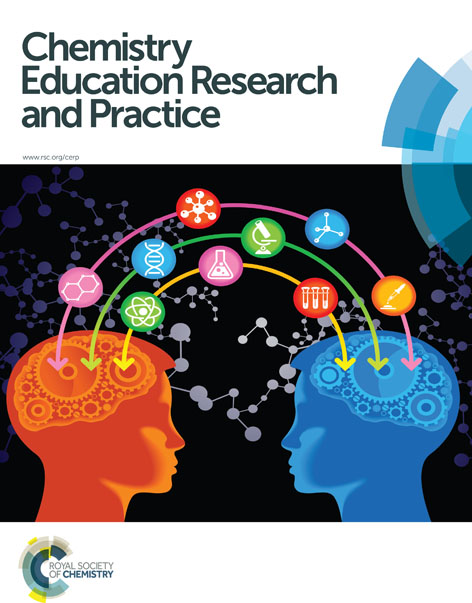Examination of visuals about the particulate nature of matter in Turkish middle school science textbooks
Abstract
Textbooks are one of the primary teaching tools frequently used in schools and most teachers use them in their classrooms (Sanchez and Valcarcel, 1999). Since there are a lot of abstract concepts in science education, images in science textbooks play a vital role in the learning process (Kenan et al., 2011). Concretization of abstract concepts may ease students' understanding. For this reason, the aim of this study was to examine images about the particulate nature of matter (PNM) in Turkish middle school science textbooks. In other words, visuals were examined with respect to representational levels, relatedness to text, existence and properties of the captions. The rubric developed by Gkitzia et al. (2011) was used to evaluate the images from middle school science textbooks in selected units. A total of 825 images in Turkish middle school science textbooks were identified in related units. In addition, it was found that the most common representation type of images about the PNM in Turkish middle school science textbooks were macroscopic representations (36%). The relatedness of images to the text was also studied. It was concluded that just 4 out of 10 images were completely related and linked to the text. Lastly, it was found that more than half of the images about the PNM in Turkish middle school science textbooks had no caption.

 Please wait while we load your content...
Please wait while we load your content...